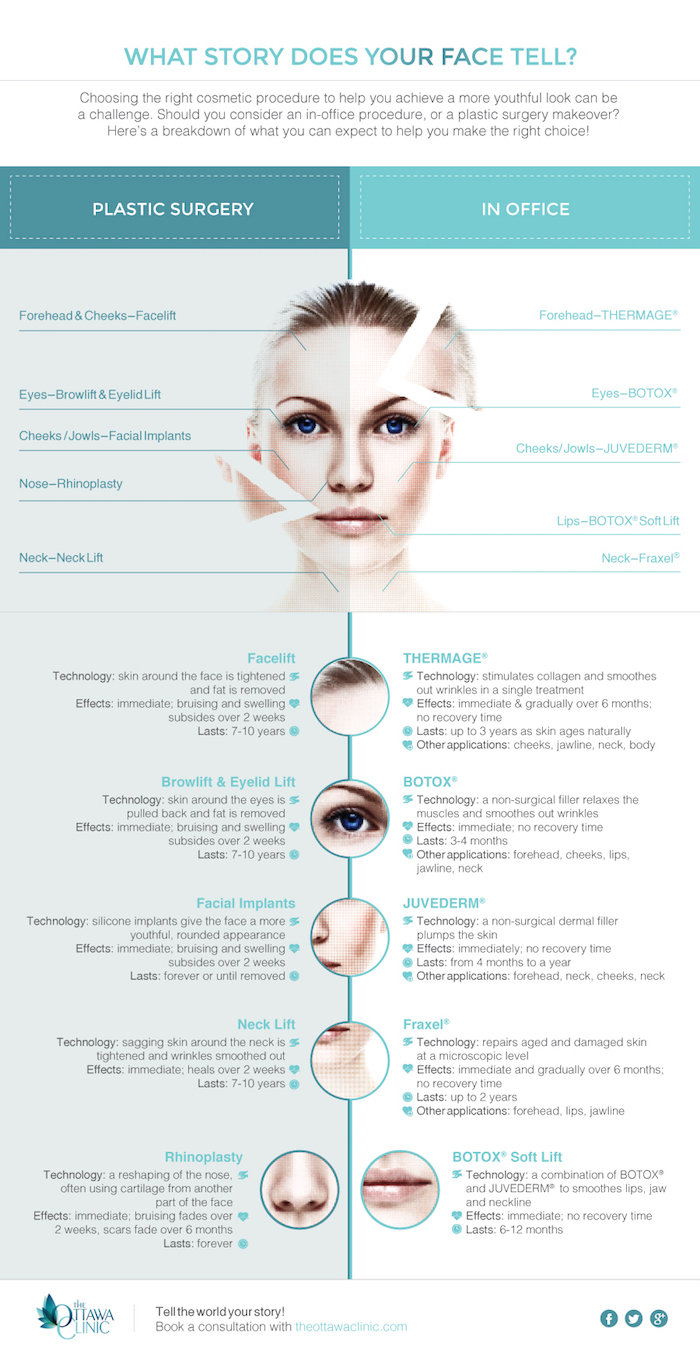Acne breakouts in the cheek area are caused by lots of things, from touching your face regularly to not altering your pillow case commonly enough. Picking at blemishes raises your danger of infection and scarring, and certain medicines can intensify dark places (postinflammatory hyperpigmentation).
Thankfully, there are numerous ways to prevent and treat cheek acne. These include:
1. Hormonal Changes
Acne is largely caused by hormonal agents, specifically those generated throughout the age of puberty and maternity. For some, a family history of acne might likewise contribute to their condition. Anything that clogs pores, such as oil-based skin care products or ceraceous hair items, can activate acne. Numerous topical therapies, like benzoyl peroxide and salicylic acid, can battle germs and unblock pores. Those with severe or chronic acne needs to look for therapy from their physician.
Prevent touching or squeezing your acne, as this can push some of the bacteria deeper right into the skin, bring about an extra serious breakout. It is also important to change pillow cases regularly and make use of tidy makeup brushes. You ought to also try to stay clear of toxic irritants such as friction from wearing a helmet or limited collar.
2. Diet regimen
The oily, sugary foods that many people assume trigger acne might really not do so. Actually, researches have actually shown that eating a diet regimen abundant in whole, nutrient-dense foods helps to stop outbreaks.
Foods high in the glycemic index (such as white bread, corn flakes, puffed rice and potatoes, doughnuts and other breads) increase blood sugar levels promptly, and this can boost hormones that boost oil manufacturing and cause acne.
Drinking cow's milk has actually likewise been linked to increased acne outbreaks. If you are a routine cow's milk drinker, you might intend to try switching to low-fat or nondairy choices that are fortified with calcium. In addition, consuming alcohol even more water can help to lower acne since it helps to maintain the skin hydrated.
3. Excess Oil
While oil is necessary for healthy skin, it can become a trouble when excessive sebum mixes with dead skin cells and obstructs pores. This combination can develop blackheads, whiteheads and acnes. The clogged pore wall surface can break down and spill germs, dead skin cells and sebum into bordering skin. This results in a red bump called an acne. Sometimes these red bumps have pus in the facility from a bacterial infection. Bigger infected bumps that look like acne are called cysts.
There are lots of things that can create excess sebum and blocked pores, including hormonal agent fluctuations, diet regimen and everyday behaviors. Some instances include touching the face often, resting your hand on your cheek, making use of filthy make-up brushes and not altering pillow cases on a regular basis.
4. Tension
If you're managing throbbing acnes or a multitude of blackheads and whiteheads, it might be time to speak to a dermatologist. They can suggest an effective therapy that suits your skin kind. Practicing leisure and stress-reduction techniques likewise helps.
Acne can happen in the cheeks due to rubbing and stress, such as when a person touches their face regularly or wears a hat or sporting activities helmet that rubs versus the skin. It can also show up where greasy cosmetics and lotions massage against the skin.
Stay clear of squeezing acne, as this can press infected material deeper right into the skin and result in scarring. Rather, see a doctor to discover preventative treatments like medicine, skin treatment products and way of living changes. Consuming a best botox near me healthy and balanced diet plan of entire foods, getting 7 to 9 hours of sleep and making use of noncomedogenic makeup and skincare items can all help reduce acne outbreaks.
5. Hair Products
Hair items are not usually taken a reason for outbreaks, but they can contribute to acne on the cheeks in some individuals. Pomade acne, which is characterized by little shut comedones and papulopustules, is commonly triggered by making use of oily hair products which contain comedogenic active ingredients such as certain oils and acetylated lanolin.
Picking hair items that don't consist of these possibly comedogenic ingredients is a crucial action toward lessening outbreaks. Also, guaranteeing that hair items aren't coming in contact with the skin can help stop outbreaks. For example, using a headscarf or hood at night can limit hair-to-face call and reduce the possibility that leave-in hair items will certainly abrade onto the face.
In addition to utilizing a non-comedogenic cream and cleaning with an acne face wash, other practical approaches include:
